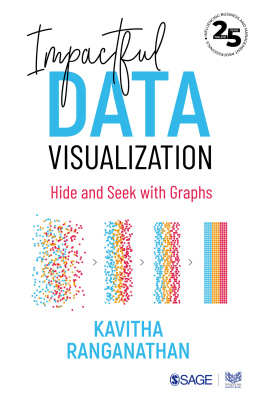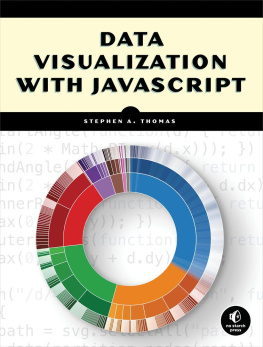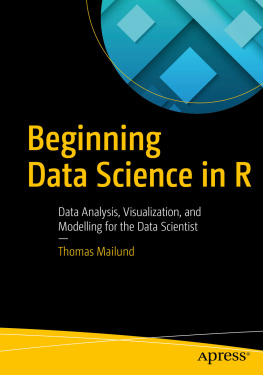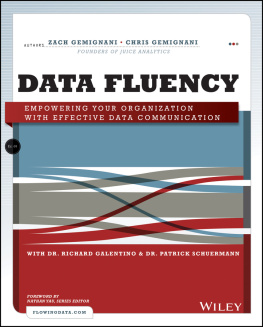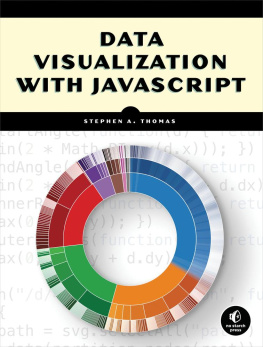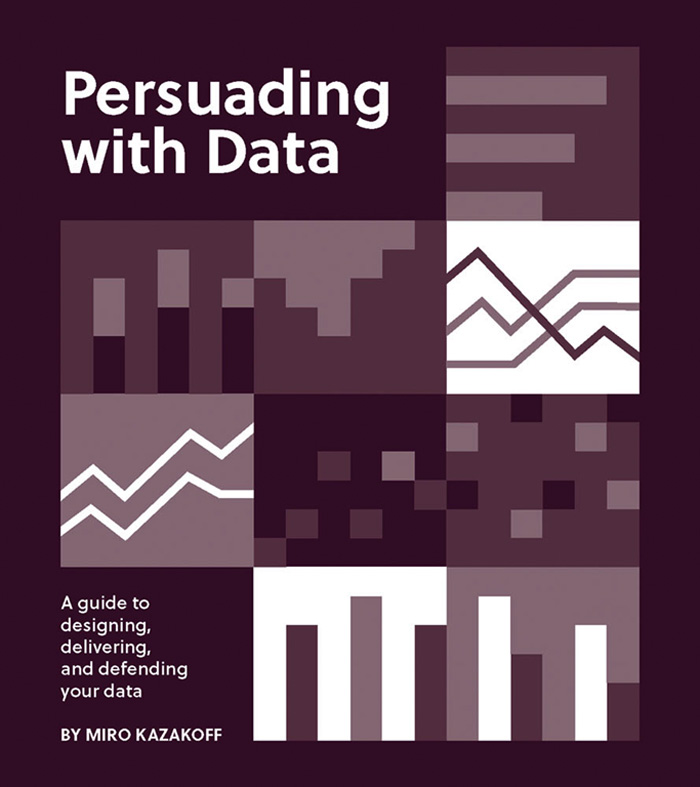2022 Massachusetts Institute of Technology
All rights reserved. No part of this book may be reproduced in any form by any electronic or mechanical means (including photocopying, recording, or information storage and retrieval) without permission in writing from the publisher.
The MIT Press would like to thank the anonymous peer reviewers who provided comments on drafts of this book. The generous work of academic experts is essential for establishing the authority and quality of our publications. We acknowledge with gratitude the contributions of these otherwise uncredited readers.
This book was set in Soleil and Adobe Caslon by Elizabeth Moran in Montague, Massachusetts.
Design Team:
Elizabeth Moran, Art Director
Candace Hope, Producer
Library of Congress Cataloging-in-Publication Data
Names: Kazakoff, Miro, author.
Title: Persuading with data : a guide to designing, delivering, and defending your data / Miro Kazakoff.
Description: Cambridge, Massachusetts : The MIT Press, [2022] | Includes bibliographical references and index.
Identifiers: LCCN 2021014619 | ISBN 9780262543279 (paperback)
Subjects: LCSH: Business presentationsGraphic methods. | Information visualization. | Persuasion (Psychology)
Classification: LCC HF5718.22 .K395 2022 | DDC 658.4/52dc23
LC record available at https://lccn.loc.gov/2021014619
10987654321
d_r0
Contents
The book is divided into four parts. The chapters within each part build on each other, but the parts can be read and taught in any order.
The parts proceed from the micro to the macro. Part I starts within your own brain and how it perceives data. Part II focuses on how to optimize an individual graph. Part III moves out to the structure and organization of an effective communication. Finally, Part IV ends with strategies to present data well and deal with the ultimate complexity: other peoples responses.
Introduction
The existence of this book flows from a frustrating fact: our brains were not designed to handle the volume of data that assaults us every day. The tools and techniques presented here rest on the premise that when you communicate data effectively, you serve a greater good. By providing others with a clearer understanding of our world, you free your audience to focus their mental energy on the hard work of making good decisions.
Our brains, however, provide plenty of obstacles on the path from raw data to good decisions. This book exists to help you see those obstacles more clearly, dodge them more gracefully, and lead others to better choices.
Who this book is for
Persuading with Data is for business students and professionals like you who explain analytical results to others, especially audiences who are less sophisticated about the topic than you are. Those audiences may be executives or managers within your organization, customers, external stakeholders, or other groups who act based on the analyses you perform. This book will improve your ability to visualize data so that it is clear to others, arm you with the tools to organize those visuals into compelling and logical communications, and increase your ability to help audiences accept and act on the data.
What makes this book different
This book provides an overview of the entire data communication process, from designing effective graphs, to organizing your data into clear structures, to delivering your data to an audience and defending your results. Unlike most books that focus on just one of those topics, this one synthesizes a wide variety of skills needed by modern data professionals. It goes beyond the best practices of data visualization to present the entire toolkit needed to create effective business communications. Unlike many other books on these topics, Persuading with Data:
1. Addresses both explanatory visualization and communication strategy
Most data visualization books focus exclusively on creating good graphs. This book brings the focus back to how you can use those visuals to create effective communications that persuade others to take actions informed by the data. It will equip you with the frameworks and principles to structure your thinking clearly, identify the implications that emerge, design effective data visualizations, deliver your visualizations to an audience, and defend your results. It can serve as a primer on both explanatory visualization and strategic communication.
2. Integrates both a practical and academic perspective
This book emerges from a combination of analytical, practical, and academic experience. Combining my academic and practical experience, I created the MIT Sloan's Communicating with Data classes. Prior to that, I studied both English and computer science before spending over a decade in the technology industry communicating technical information to nontechnical audiences at companies like WPP (the media holding company), Bain & Company, and Hubspot. I've seen the tools in this book work in both the classroom and the workplace.
3. Supports readers with different backgrounds
The content has been tested across a wide variety of formats and audiences, including academic classes and workplace trainings with undergraduates, recent graduates, early career, mid-career, and executive-level professionals. It is appropriate for readers with no prior background beyond an introductory business education or general work experience, while still being useful for those with decades of experience. The frameworks and concepts have been refined for clarity and efficacy based on extensive feedback. They are reliably useful and accessible to a broad range of business professionals.
4. Incorporates real-world examples
The book incorporates real-world examples drawn from hundreds of professionals and tested with audiences ranging from undergraduates to working professionals. The examples span a variety of industries, organizations, and disciplines and show how the frameworks in this book apply to a wide variety of audiences.
5. Includes supplemental teaching materials
The supplemental lesson plans, slides, and answer keys and grading rubrics associated with the text allow for the turnkey creation of an entire college-level class. The support material has been used to train multiple faculty members with limited background in data visualization to deliver high-quality student experiences. Each chapter includes an exercise that encourages readers to apply what they have learned. Additional exercises that require students to go from raw data to complete communication are available via the MIT Press for teachers who assign all or part of the book to their students.
How this book is organized
The book is divided into four parts. The chapters within each part build on each other, but the parts can be read and taught in any order.
The parts proceed from the micro to the macro. Part I starts within your own brain and how it perceives data. Part II focuses on how to optimize an individual graph. Part III moves out to the structure and organization of an effective communication. Finally, Part IV ends with strategies to present data well and deal with the ultimate complexity: other people's responses.
PART I Understanding Perception: How and why graphs work
Chapter 1: Know Your Own Mind (in order to change others)
Communication is a process of encoding ideas into words, pictures, and sounds that can be decoded by others. This chapter illuminates the key challenges the human brain faces in that process. It explains why communicating data to others introduces a different set of challenges from those confronted when analyzing data. The rest of this book explores the implications of these challenges and how they inform the best practices and frameworks you will use to combat them.


